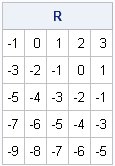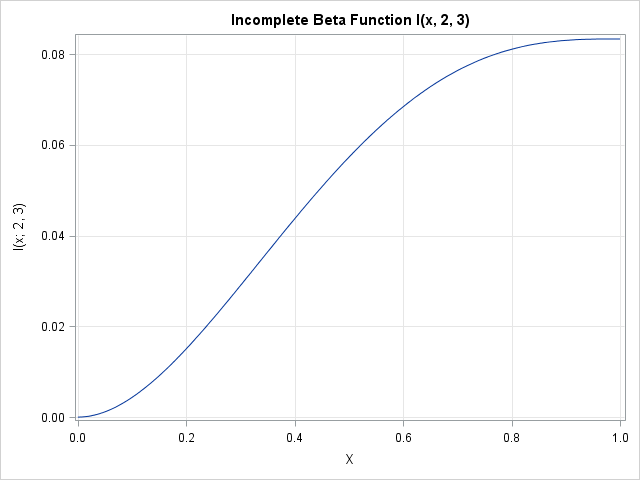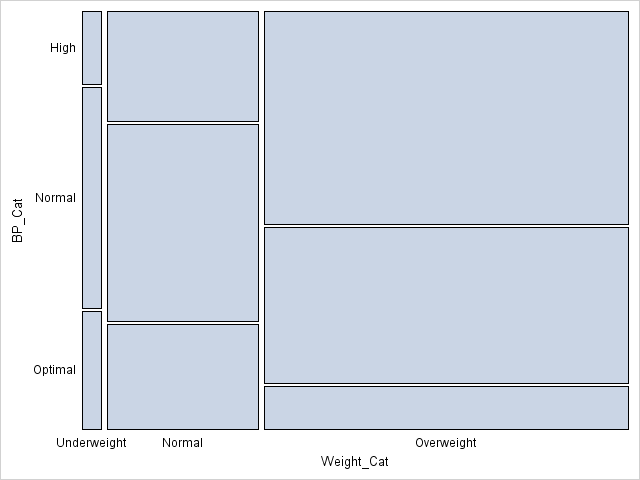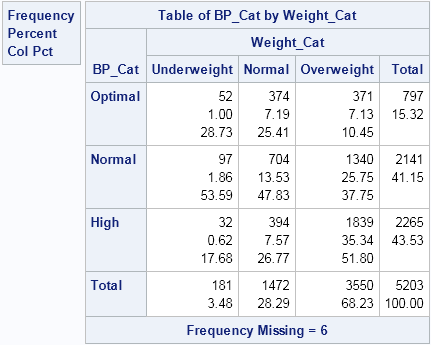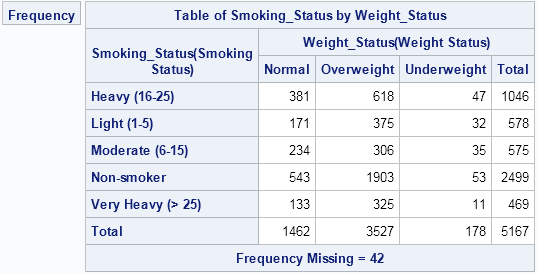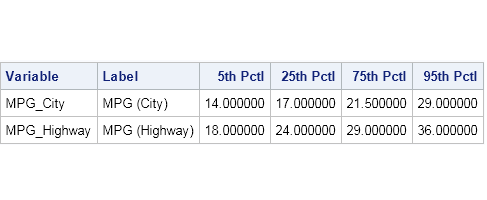
When I call R from within the SAS/IML language, I often pass parameters from SAS into R. This feature enables me to write general-purpose, reusable, modules that can analyze data from many different data sets. I've previously blogged about how to pass values to SAS procedures from PROC IML by


